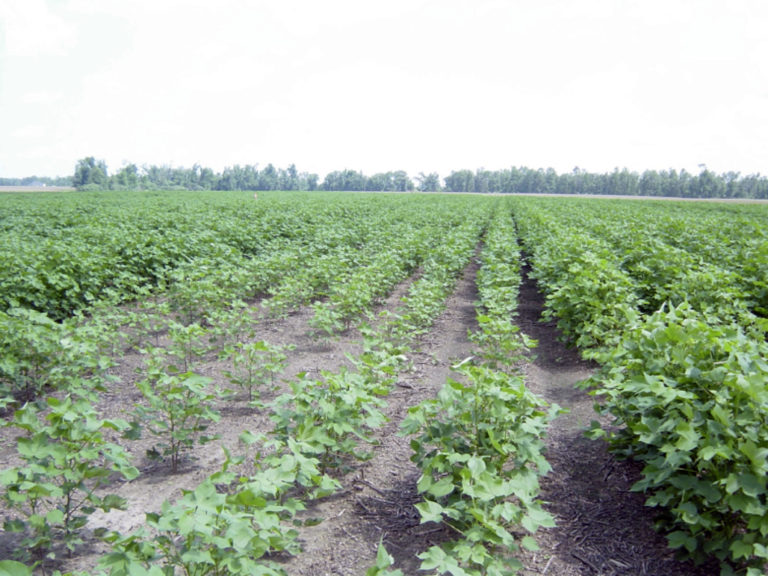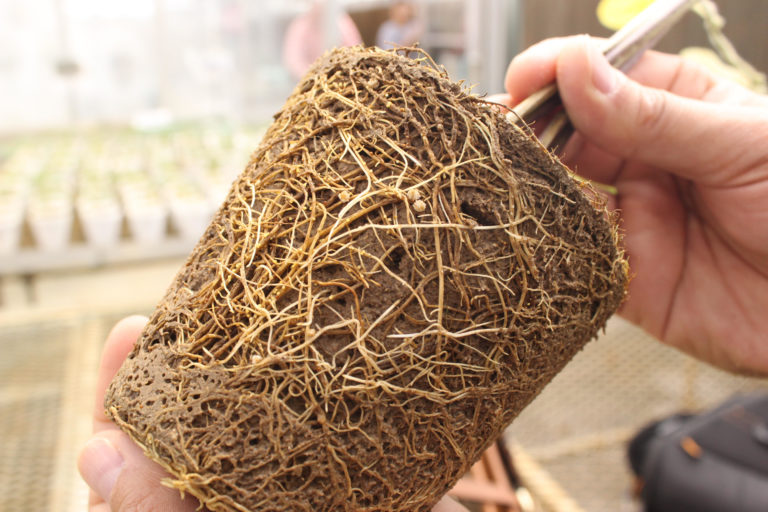Kathy S. Lawrence, Auburn University
Gary W. Lawrence, Mississippi State University
Conservation tillage systems leave crop residue on the soil surface to reduce soil erosion and soil compaction. The practice of conservation tillage has increased in recent decades partially due to the rising cost of petroleum products and concern over soil erosion [34]. There are multiple benefits of conservation tillage systems, but changing to conservation tillage results in new pests and management concerns. Historically, conventional residue-incorporating tillage systems buried the previous crop’s residues while turning the root zone layer of the soil. This practice reduced plant pathogens colonizing the root residues of the previous crop. Conservation tillage systems that do not disturb the soil and leave plant residues on the soil surface may increase plant diseases, particularly those caused by soilborne pathogens including plant-parasitic nematodes.
In this chapter, several terms are used to describe nematodes and the symptoms of nematode infection. If a nematode is described as economically important or as an economic pest to a region or crop, it means that the nematode is reducing yields. If a symptom is described as distinctive it means that the symptom is an indicator of nematode infection. Non-distinctive means symptoms seen on the plant could be caused by nematodes or other problems such as moisture stress or nutrient imbalances. If a symptom is described as diagnostic it means that signs of the nematode are usually present, for example the nematode or its eggs are visible on the roots. A non-diagnostic symptom is one that does not include signs of the nematode and that could be caused by other factors.
Plant-parasitic nematodes are microscopic, worm-like animals that feed on plant root systems. In the southeastern United States, the most economically important plant-parasitic nematodes associated with field crops include the root-knot nematode (Meloidogyne incognita races 3 and 4), peanut root-knot nematode (Meloidogyne arenaria), reniform nematode (Rotylenchulus reniformis), soybean cyst nematode (Heterodera glycines), lance nematode (Hoplolaimus spp.) and lesion nematode (Pratylenchus spp.) [2, 20, 38]. The estimated economic impact of these nematodes has increased as their distribution and yield losses have been recognized.
The primary indication that a crop is suffering from a nematode problem is often a decline in yield over time. Generally, a lack of crop-yield response when optimal applications of fertilizer, pesticides and water are used may be attributed directly to plant-parasitic nematodes. Plant symptoms of nematode diseases are generally not distinctive and will not facilitate the identification of a specific nematode. Two general symptoms of nematode damage are yellowing of the foliage (chlorosis) and stunted plants with uneven heights in irregular areas across a field [30] (Figure 12.1). Most plants also have a reduced root mass, but this is a general symptom and is not diagnostic of nematode problems. The root-knot nematode produces galls on the root system that are distinctive and diagnostic in most crops including cotton and soybeans. Root-knot galls on corn are generally very small and difficult to detect. With the soybean cyst nematode, the mature white females and tan cyst stages are both large enough to be seen on the root system without a hand lens (Figure 12.2). The feeding activity of the lesion and lance nematodes can result in lesions or necrotic (dead) darkened areas on or within the root system. The reniform nematode does not produce distinctive symptoms but rather a general reduction in the plant’s root mass.


